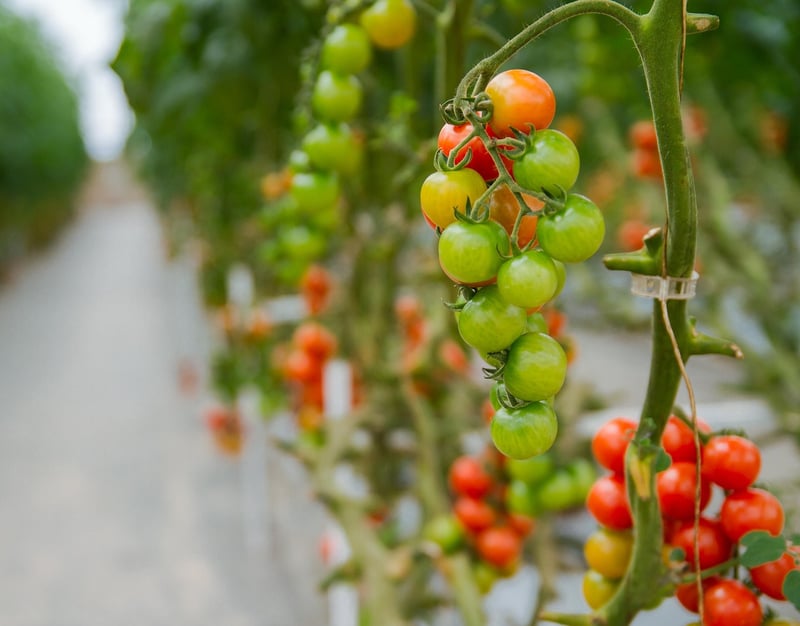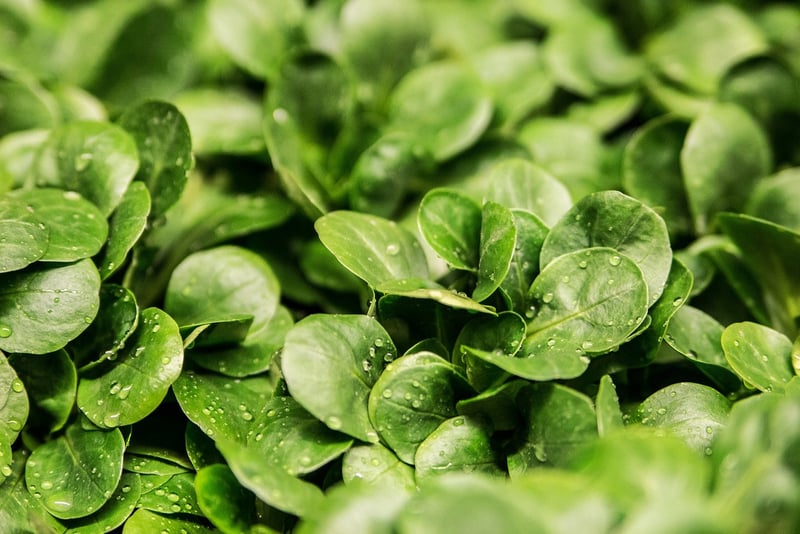Hydroponic Systems
The Future of Farming: Exploring Innovative Hydroponic Systems
Farming has come a long way from traditional methods to more innovative and sustainable practices. One such advancement that has gained popularity in recent years is the use of hydroponic systems. Hydroponics is a method of growing plants without soil, using nutrient-rich water solutions to provide essential minerals for plant growth. This technique not only conserves water but also maximizes space and allows for year-round cultivation in various environments.
Benefits of Hydroponic Farming:
- Water Efficiency: Hydroponic systems use up to 90% less water compared to traditional soil-based farming.
- Space Utilization: Vertical hydroponic setups make efficient use of space, allowing for high-density planting in urban areas.
- Higher Yields: Plants grown hydroponically tend to grow faster and produce higher yields due to direct access to nutrients.
- Pest and Disease Control: Soil-free systems reduce the risk of soil-borne pests and diseases, leading to healthier plants.
- Environmental Sustainability: By using recirculating systems, hydroponics minimizes nutrient runoff and soil erosion, making it an eco-friendly farming method.
Types of Hydroponic Systems:
There are several types of hydroponic systems, each catering to different needs and preferences:
- Deep Water Culture (DWC): Plants grow directly in a nutrient solution with aeration provided by air pumps.
- Nutrient Film Technique (NFT): A thin film of nutrient solution flows over plant roots, providing constant access to nutrients.
- Vertical Hydroponics: Utilizes vertical space for planting, ideal for small areas or indoor farming.
- Drip System: Delivers a nutrient solution directly to plant roots through a network of tubes and emitters.
- Aeroponics: Plants are grown in an air/mist environment, with roots periodically misted with nutrient solution.
Getting Started with Hydroponics:
If you're interested in venturing into hydroponic farming, here are some basic steps to get started:
- Choose the type of hydroponic system that suits your space and needs.
- Set up the necessary equipment including containers, pumps, grow lights, and a nutrient solution.
- Select the crops you want to grow and ensure they are suitable for hydroponic cultivation.
- Monitor nutrient levels, pH balance, and plant growth regularly to ensure optimal conditions.
- Harvest your fresh, home-grown produce and enjoy the benefits of your hydroponic garden!
Embracing innovative farming methods like hydroponics not only promotes sustainability but also opens up new possibilities for growing food in a changing world. With the right knowledge and resources, anyone can become a successful hydroponic farmer, contributing to a greener and more efficient agricultural landscape.

Explore the endless potential of hydroponic farming and join the revolution in modern agriculture!
